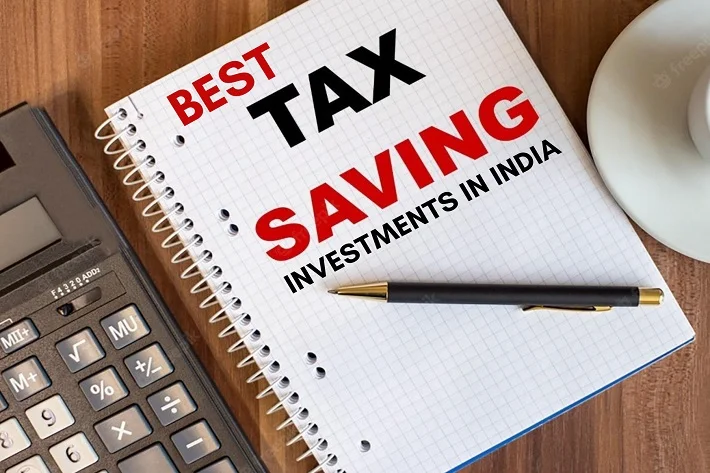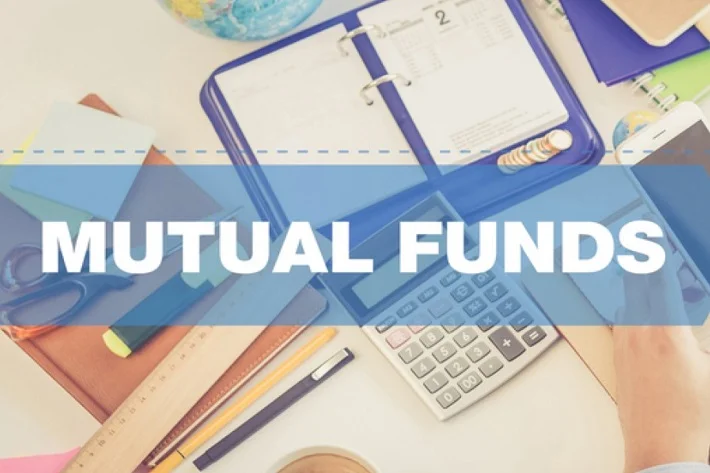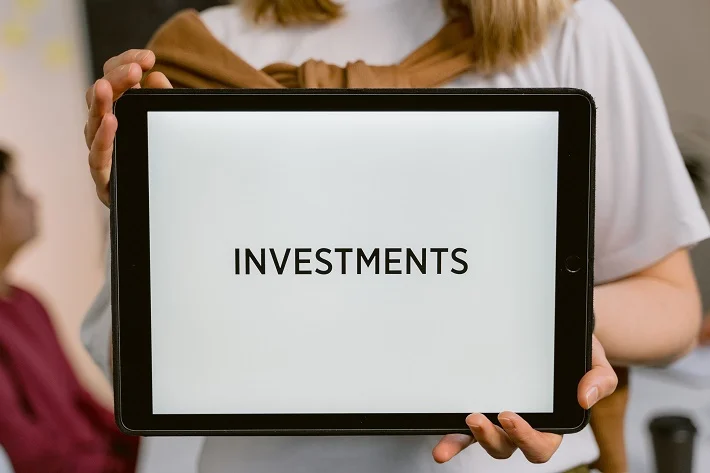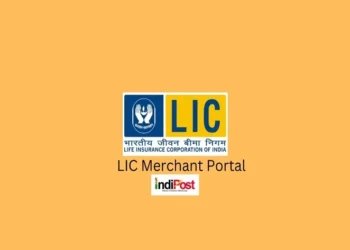Investing and “investing properly” is one of the best ways to earn passive incomes and achieve future financial freedom and stability. It comes in different forms and options including buying physical assets like real estate or venturing into the financial market.
With that being said, knowing the types of investment, when, where, and how to invest is critical. As an investor, be abreast with current trends, including the potentials and risks of an investment vehicle before investing your money. Investment vehicles to choose from include low-risk investments (bonds, and certificates of deposit) or high-risk investments (options, stocks, hedge funds, and crypto-assets).
You may also opt for collectibles by getting great deals on silver and other precious metals like gold. Your dividends/returns depend on the option you choose. The higher the risk, the higher the returns, and vice-versa.
Now let’s talk about high-risk investments with higher returns. These investments may not actually double your money within a shorter period, but the returns are very attractive. Note that high-risk investments can come with great losses.
Cryptocurrency
Investing in crypto assets is one of the riskiest, yet highly profitable investments you can ever do. Since, its invention, cryptocurrencies have gained ground with some countries adopting them as legal tenders. Popular ones like Bitcoin, Ethereum, and Tether have higher market values. However, their value is not stable and very unpredictable, as it can rise or fall at any time depending on market response and trading activities.
For example, in July 2022, Bitcoin had an astronomical jump from $29,864 to $67,802 in November. Two months later in January 2022, it plummeted to $35,000. This means investors made both profits and significant losses depending on their time of investment and trading activities.
Another thing that makes buying cryptocurrencies a high-risk investment is that they are prone to cyber security risks, aside from it being an unregulated market.
Options
Options are not for the faint heart despite its potentials to earn you high returns. You need to time your move properly to succeed, because when the option expires you lose the principal. Compared to other stocks, you may need less money to invest but offers higher percentage returns. That notwithstanding, it carries no success guarantee and it is possible to lose your entire investments. Your losses can however be less compared to if you had invested in a stock. This is due to the comparably less money needed for options investment.
Venture capital
Startups and small businesses mostly find it very difficult to raise the needed funds to start or expand their business. Some of these companies may look promising with great long-term growth potential. This is where venture capitalists come in to finance or provide technical/managerial expertise, to such promising companies. As a venture capitalist, your success depends on the performance of the companies you invest in. When the startup fails, you can lose your money, and when it succeeds, the returns are great.
Venture capital is, therefore, a high-risk investment due to the uncertainties in the business world. Most promising startups fail to reach their potential due to bad management, poor marketing strategies, and strong competition from existing ones. Investors may need to do independent research to assess the viability of a venture capital fund before investing.
Initial Public Offerings (IPOs)
It is a great idea to invest in new a new company with great potential by buying stocks. This is what IPO does, it helps companies to raise the needed funds from the public. It allows the public to own part of a company by buying stock shares during an offering.
It is a great investment strategy because most companies are “undervalued” and with that initial stock share prices are low during public offerings. The share price can skyrocket after revaluation, which means share prices would rise accordingly. On the other hand, some companies through hype and media attention attract undue valuation, which inflates share prices and even leads to oversubscriptions.
This means you can invest in an IPO without getting it, because if it oversubscribes, brokerage firms involved may introduce some measure or requirements as a cut-off point. If you don’t meet the requirement you cannot participate in the offering.
Another risk is that you don’t know how this company would perform in the new future. If it turns out bad, you lose your money. When it thrives, the share prices would keep rising and that means more money. For example, a share of Telsa traded at $17 during its IPO in 2010, currently, it cost $950.
High-Yield Bonds
Most developing countries and even companies in their bid to raise funds offer high interest on bonds to attract potential investors. Some high-yield bonds offer as high as 15% to 25% interest, which is highly risky. Some turn out very well because the countries or companies can pay off the huge interest and principal on time. However, some do fail; hence, you need to tread cautiously, especially when re-investing in the said bond.
The Bottom Line
High-risk investments are sacred and not for everyone. It is always enticing and luring, but the consequences could be catastrophic. You need some level of experience, expertise, and fortitude to succeed due to its unpredictability.















